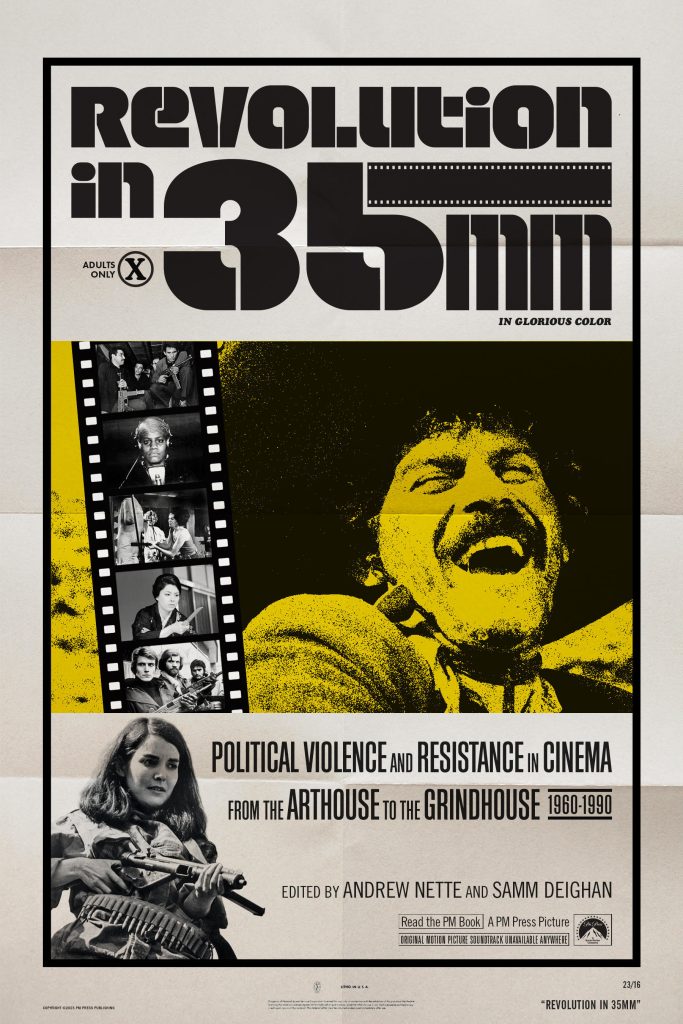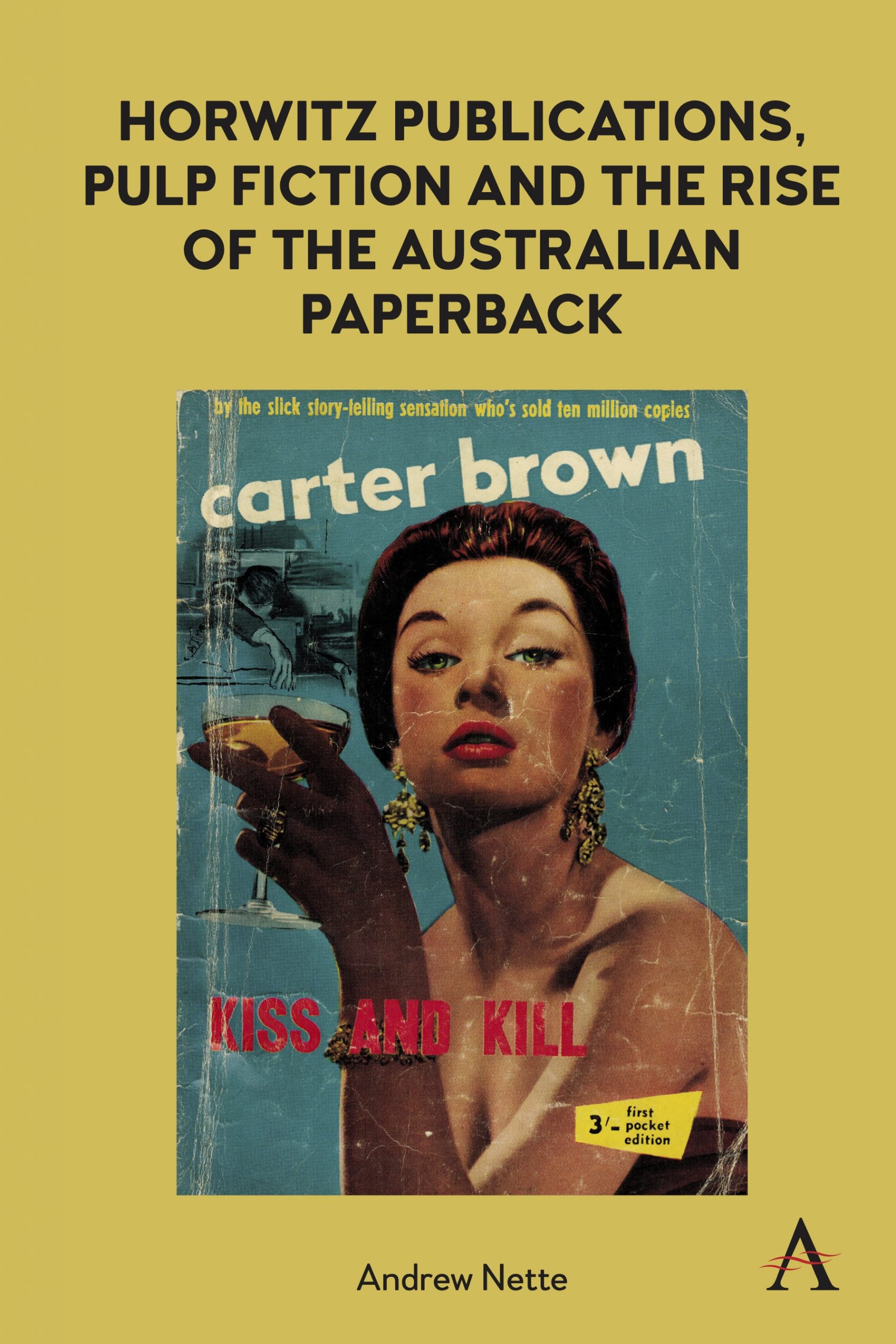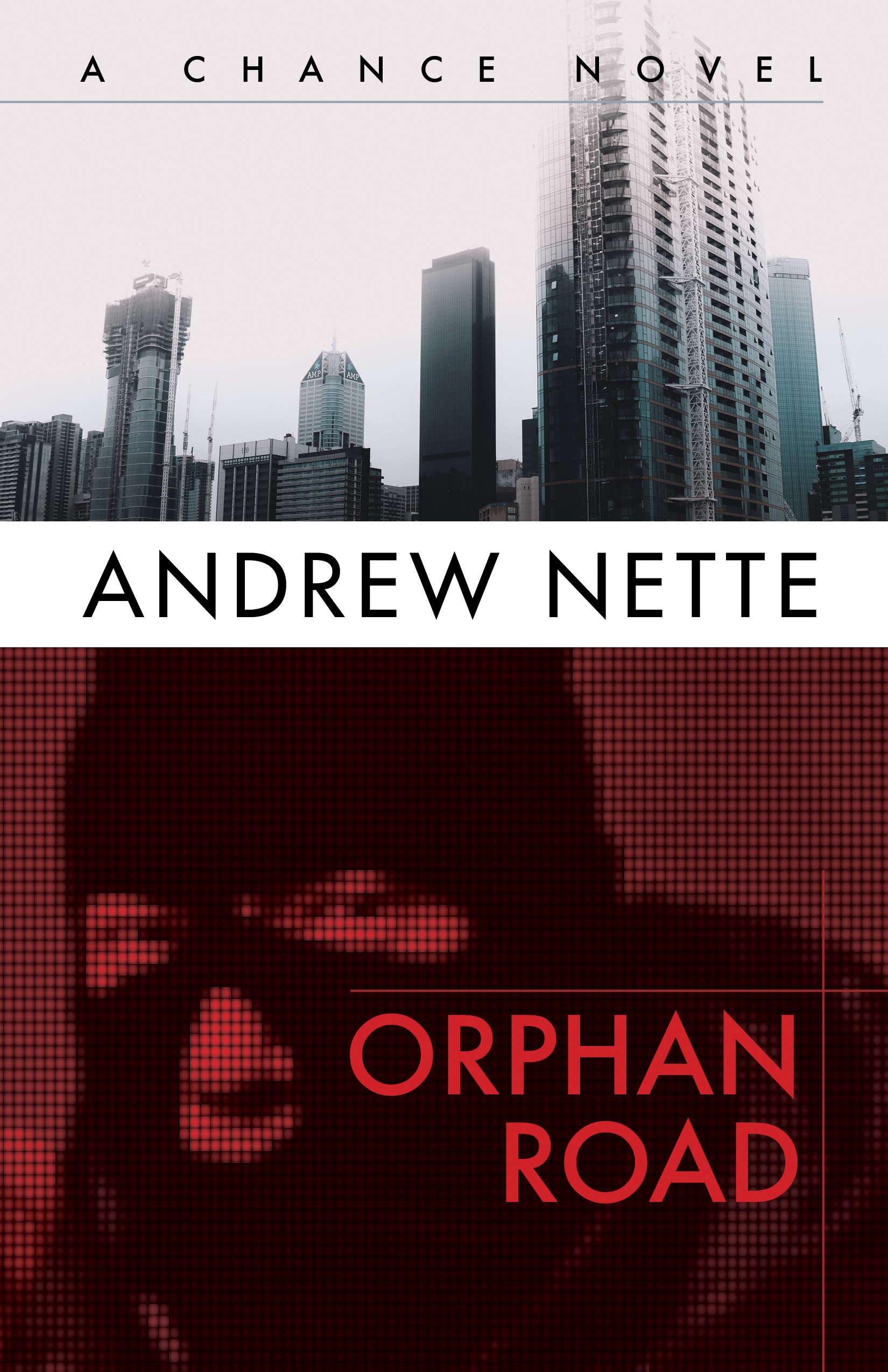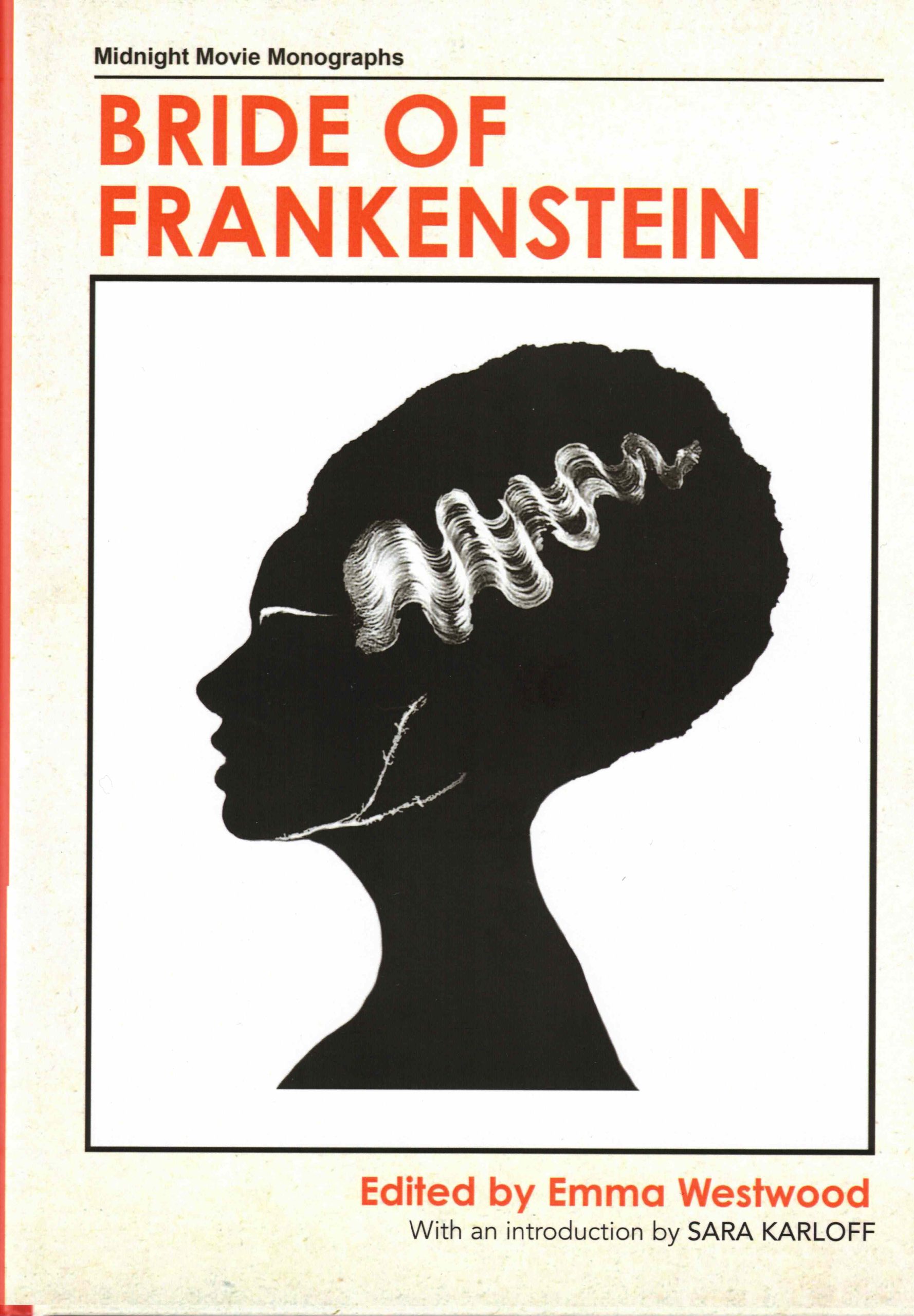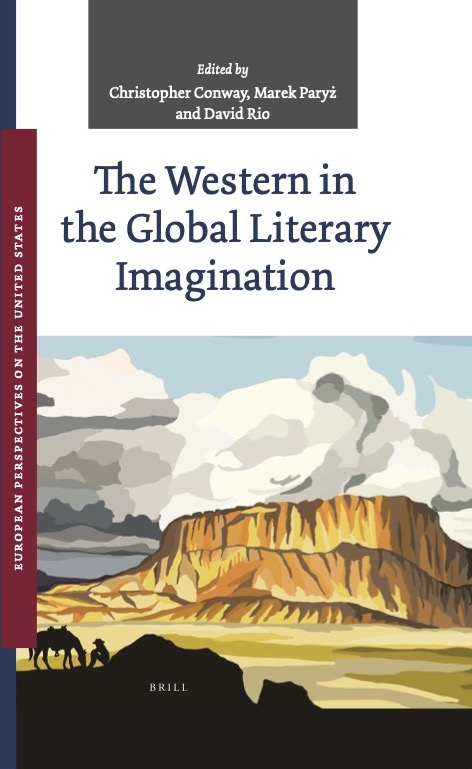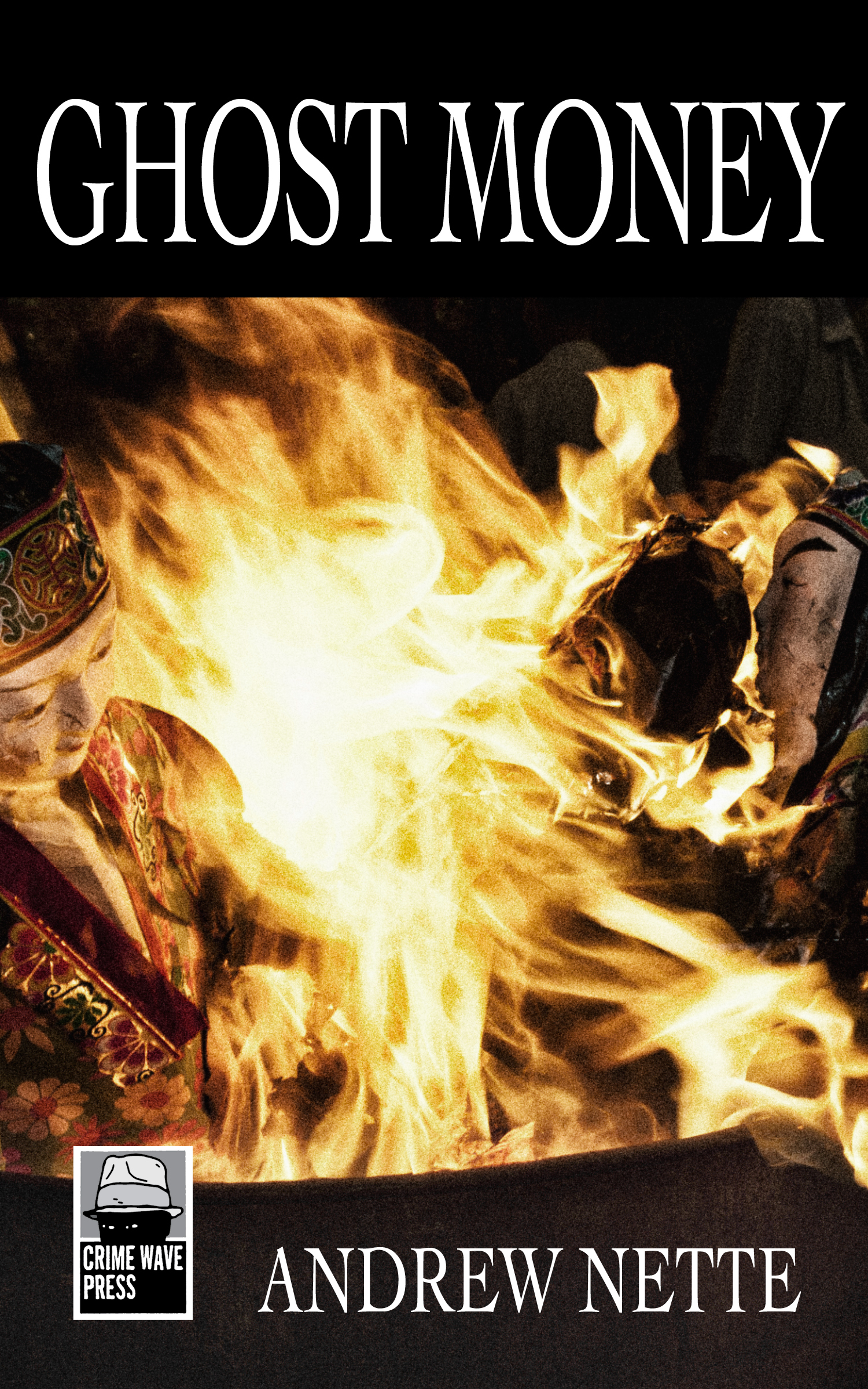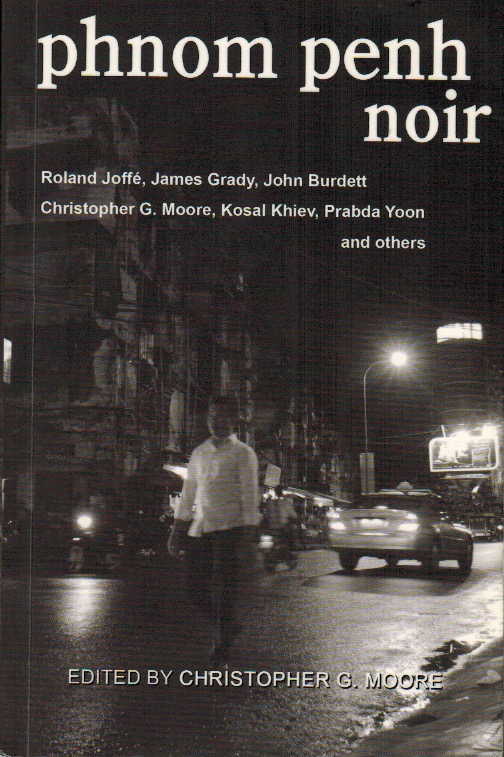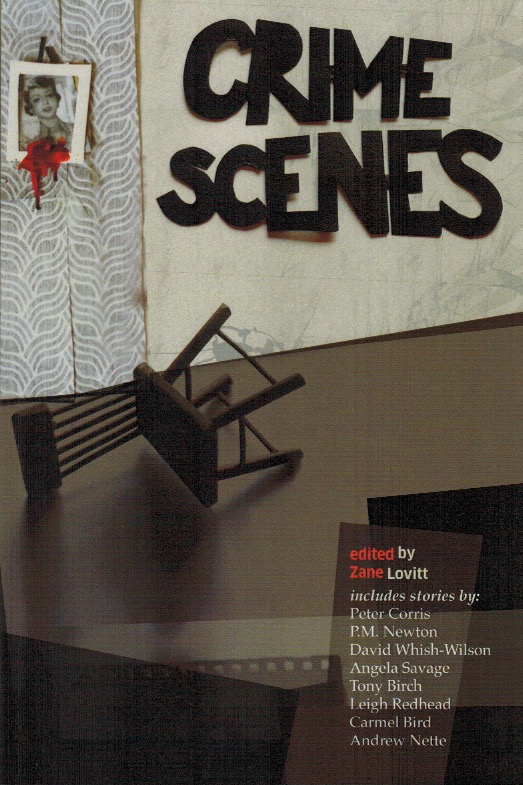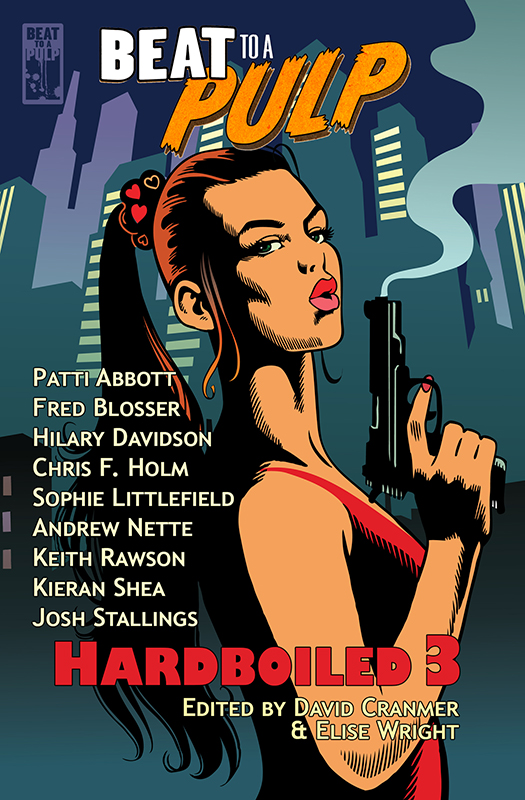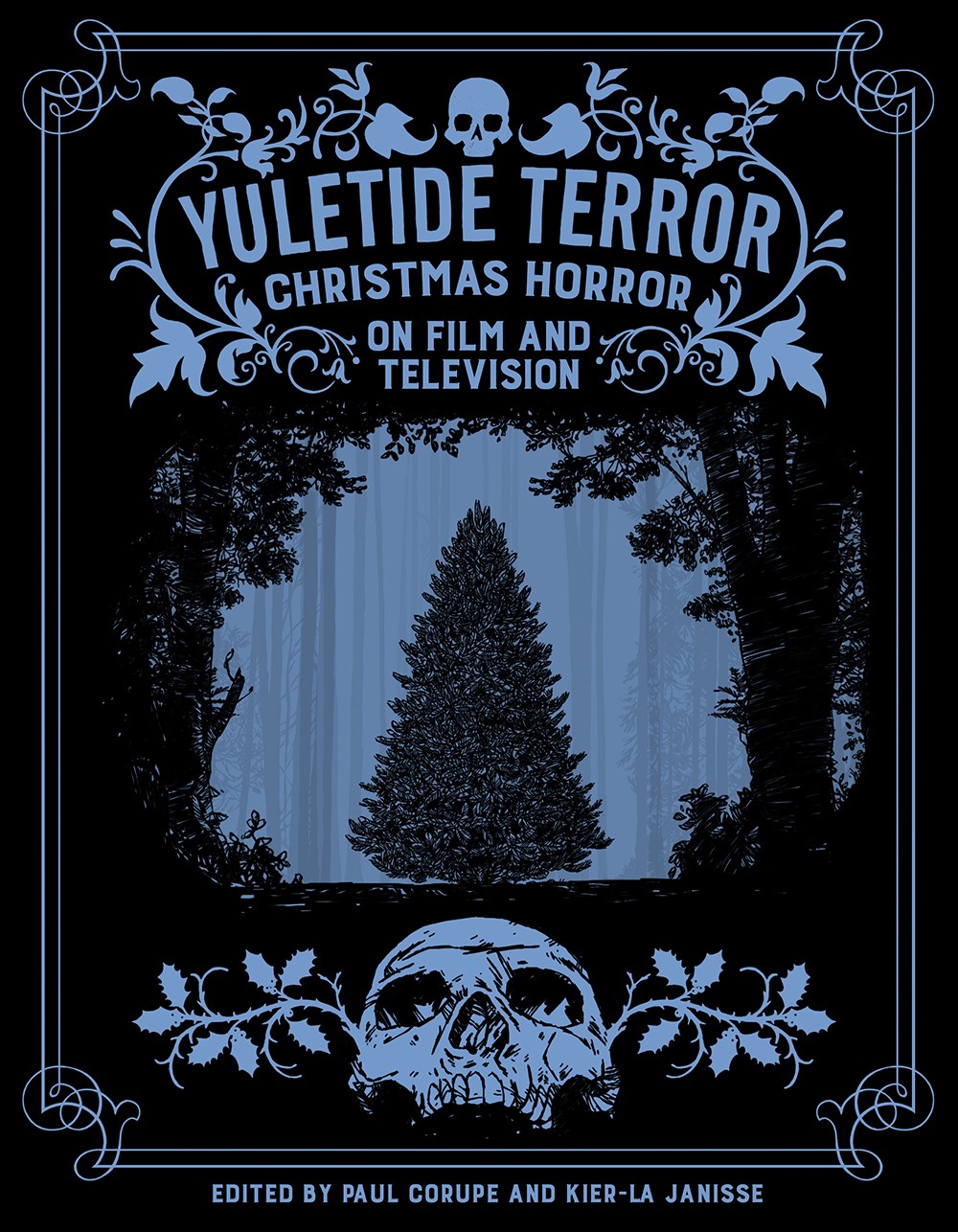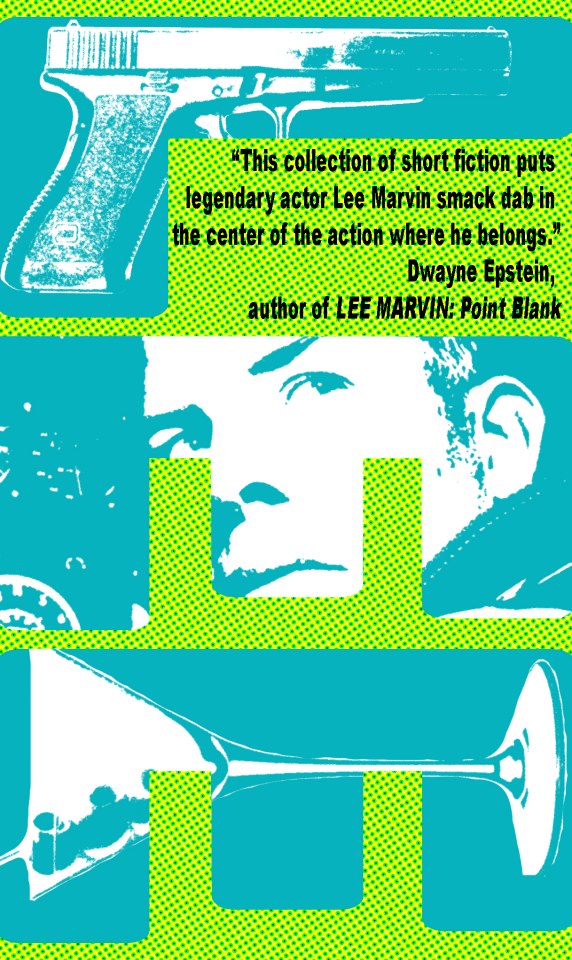Search
-
Recent Posts
- Dishing up Pulp Curry in a new way: why I am starting a Substack newsletter
- Book reviews: Deadly dames, midcentury Brit pulp and 1970s science fiction
- Mackenna’s Gold (1969): Gold, Ghosts and Frontier Violence
- Orphan Road book launch
- Orphan Road now available
- Pre-orders open for my new novel, Orphan Road
- Cover reveal: Orphan Road, my follow up to Gunshine State
- Breakfast in the Ruins podcast: New English Library Bikermania
- Why 1973 was the year Sidney Lumet took on police corruption
- Men’s Adventure Quarterly: Gang Girls issue
Categories
- 1960s American crime films
- 1970s American crime films
- 1980s American crime films
- 1990s American crime films
- Adrian McKinty
- Albert Dekker
- Andre De Toth
- Angela Savage
- Angie Dickinson
- Anthony Zerbe
- Asian noir
- Australian crime fiction
- Australian crime film
- Australian noir
- Australian popular culture
- Australian pulp fiction
- Australian television history
- Ava Gardner
- Beat culture
- Belmont Tower Books
- Ben Wheatley
- Billie Whitelaw
- Black pulp fiction
- Blaxsploitation
- Book cover design
- Book Reviews
- British crime cinema
- British pulp fiction
- Bryan Brown
- Burt Lancaster
- Carter Brown
- Charles Durning
- Charles Willeford
- Chester Himes
- Christopher G Moore
- Christopher Lee
- Cinema culture
- Claude Atkins
- Coronet Books
- Crawford Productions
- Crime Factory
- Crime Factory Publications
- Crime fiction
- Crime fiction and film from Africa
- Crime fiction and film from Cambodia
- Crime fiction and film from China
- Crime fiction and film from India
- Crime fiction and film from Indonesia
- Crime fiction and film from Japan
- Crime fiction and film from Laos
- Crime fiction and film from Latin and Central America
- Crime fiction and film from Malaysia
- Crime fiction and film from New Zealand
- Crime fiction and film from Scandinavia
- Crime fiction and film from Singapore
- Crime fiction and film from South Korea
- Crime fiction and film from Thailand
- Crime fiction and film from the Philippines
- Crime Fiction and film set in Vietnam
- Crime film
- Dangerous Visions and New Worlds Radical Science Fiction 1950 to 1985
- David Goodis
- David Peace
- David Whish-Wilson
- Derek Raymond
- Diana Dors
- Dirk Bogarde
- Don Siegel
- Don Winslow
- Donald Westlake aka Richard Stark
- Dystopian cinema
- Ernest Borgnine
- Eurocrime
- Fawcett Gold Medal Books
- Femme fatale
- Fernando Di Leo
- Filipino genre films
- Film Noir
- Forgotten Melbourne
- French cinema
- French crime fiction
- Garry Disher
- Gene Hackman
- George V Higgins
- Georges Simenon
- Ghost Money
- Giallo cinema
- Gil Brewer
- Girl Gangs, Biker Boys and Real Cool Cats: Pulp Fiction & Youth Culture, 1950-1980
- Gloria Grahame
- Gold Star Publications
- Gregory Peck
- Gunshine State
- Heist films
- Horror
- Horwitz Publications
- Humphrey Bogart
- Ian Fleming
- Interviews
- Ira Levin
- James Caan
- James Crumley
- James Ellroy
- James Hadley Chase
- James Woods
- Jim Brown
- Jim Thompson
- Joel Edgerton
- John Frankenheimer
- Joseph Losey
- Karen Black
- Kerry Greenwood
- Kinji Fukasaku
- Larry Kent
- Laura Elizabeth Woolett
- Lee Marvin
- Leigh Redhead
- Lindy Cameron
- M Emmet Walsh
- Mad Max
- Mafia
- Malla Nunn
- Martin Limon
- Megan Abbott
- Melbourne International Film Festival
- Melbourne Writers Festival
- Men's Adventure Magazines
- Michael Caine
- Michael Fassbender
- Mickey Spillane
- Monarch Books
- Ned Kelly Awards
- Neo Noir
- New English Library
- Newton Thornburg
- Noir Con
- Noir fiction
- Non-crime reviews
- Oren Moverman
- Orphan Road
- Ozsploitation
- Pan Books
- Parker
- Paul Newman
- Peter Boyle
- Peter Corris
- Peter Strickland
- Peter Yates
- Poliziotteschi
- Pulp fiction
- Pulp fiction in the 70s and 80s
- Pulp fiction set in Asia
- Pulp Friday
- Pulp paperback cover art
- Qui Xiaolong
- Raymond Chandler
- Richard Burton
- Richard Conte
- Robert Aldrich
- Robert Mitchum
- Robert Ryan
- Robert Stone
- Rock Hudson
- Roger Smith
- Rollerball
- Rosaleen Norton
- Roy Scheider
- Rural noir
- Sam Levene
- Sam Peckinpah
- Samuel Fuller
- Science fiction and fantasy
- Scripts Publications
- Sidney Lumet
- Sidney Poitier
- Simon Harvester
- Snowtown
- Snubnose Press
- Spies
- Stanley Baker
- Sterling Hayden
- Steve McQueen
- Sticking it the the Man Revolution and Counter Culture in Pulp and Popular Fiction 1950 1980
- Stuart Rosenberg
- Tandem Books
- Tart noir
- Tartan Noir
- Ted Lewis
- Toni Johnson Woods
- True crime
- Vicki Hendricks
- Victor Mature
- Vintage mug shots
- Vintage pulp paperback covers
- Wallace Stroby
- War film
- Westerns
- William Friedkin
- Woody Strode
- Yakuza films
- Yaphet Kotto
Nothing but noir
Recommended reading
The lurid world of pulp
- 20th century Danny Boy
- American Pulps
- Bear Alley
- Bloody, Spicy, Books
- Comics Down Under
- Everything second hand
- Existential Ennui
- Greenleaf Classic Books
- Irv O. Neil's Erotica is My Trade
- Killer Covers
- Lost Classics of Teen Lit 1939-1989
- Luminist Archives
- Men's Pulp Mags
- Mporcius Fiction Log
- Murder, Mayhem and Long Dogs
- Neglected Books
- Nocturnal Revelries
- Paperback Warrior
- Paperbacks of the Gods
- Pop Sensation
- Pulp artists
- Pulp Covers
- Pulp Crazy
- Pulp Flakes
- Pulp International
- Pulp Magazines Project
- Pulp Serenade
- Realms of the Night
- Romance Fiction Has a History
- Rough Edges
- Sin Street Sleaze
- Spy Guys and Gals
- The department of Afro American Research Arts & Culture
- The Dusty Bookcase
- The Haunted World of Richard Sala
- The Moon Lens
- The Nick Carter & Carter Brown Blog
- The Pulp & Paperback Fiction Reader
- Too Much Horror Fiction
- True Pulp Fiction
- Vault of Horror
- Vintage Nurse Romance Novels
- Vintage Romance Novels
- Welcome to the Pan Paperback
- Yellow and Creased
Support This Site
If you like what I do please support me on Ko-fi
Category Archives: Pulp paperback cover art
Pulp Friday: Weird stories & terrifying tales
 A belated happy 2017 to Pulp Curry readers. I have had a very busy start to the year, with my PhD studies and various writing projects, hence the first post of the year has taken me a while to get around to.
A belated happy 2017 to Pulp Curry readers. I have had a very busy start to the year, with my PhD studies and various writing projects, hence the first post of the year has taken me a while to get around to.
The first Pulp Friday of 2017 is a stunning collection of horror themed 1960s pulp titles by Horwitz Publications. These are a mixture of titles I own and books from other collectors.
While horror tales were a staple of American and British pulp fiction in the 1950s and 1960s, they failed to achieve similar popularity in Australia. Australia’s censorship regime – both at the state and federal levels – were far stricter and, as a result, our publishers were much more timid. According to Canberra based scholar, James Doig, horror never had the commercial appear amongst Australian pulp buyers of other genres, such as crime and romance.
That’s not to say there was a total absence of local horror pulp. Influenced by the US magazine Weird Tales, Currowong published a series of horror titles in the 1940s. And Cleveland and Horwitz published some novelettes and pocket books in the 1950s and 1960s.
The earliest Horwitz effort in the 1960s appears to be Weird Stories, published in 1961, part of an anthology series edited by Charles Higham, which was most likely a response to the very successful Pan Book of Horror Stories series that began to appear under the editorship of Herbert Van Thal in 1959.… Read more
Posted in 1970s American crime films, Australian popular culture, Australian pulp fiction, Horror, Horwitz Publications, Pulp fiction, Pulp Friday, Pulp paperback cover art
Tagged Australian horror pulp, Chales Higham, Cleveland, Currowong, Frank Benier, Herbert Van Thal, Horwitz Publications, James Doig, James Workman, Kay Keavney, Pan Pulp
Mike Hodges’ Pulp & mass paperback fiction on the big screen
 The opening credits of Mike Hodges’ under appreciated 1972 film, Pulp, are a delight for any fan of cheap pulp paperback fiction. As text roles across the screen (in type writer font, of course), the camera pans between the faces of the three female stenographers transcribing the words of sleazy English expat pulp writer, Mickey King (Michael Caine). As Caine’s nasal voice-over recites his latest novel, The Organ Grinder, we see the different reactions of the women, disgust, shock, and excitement. It’s a reminder that once, before it was reduced to an object of outre fascination for its cover art, pulp fiction elicited strong emotions.
The opening credits of Mike Hodges’ under appreciated 1972 film, Pulp, are a delight for any fan of cheap pulp paperback fiction. As text roles across the screen (in type writer font, of course), the camera pans between the faces of the three female stenographers transcribing the words of sleazy English expat pulp writer, Mickey King (Michael Caine). As Caine’s nasal voice-over recites his latest novel, The Organ Grinder, we see the different reactions of the women, disgust, shock, and excitement. It’s a reminder that once, before it was reduced to an object of outre fascination for its cover art, pulp fiction elicited strong emotions.
The movie shifts to King, in his cheap white suit and big hair, Jack Carter – the character he played in Hodges’ Get Carter only a year earlier – gone to seed, stepping out of the Italian hotel he lives in to hail a cab. As he sits in the reception area waiting for his completed manuscript, King’s voice-over goes: “The writer’s life would be ideal but for the writing. This was a problem I had to overcome. Then I read the Guinness Book of Records about Earl Stanley Gardner, the world’s fastest novelist who would dictate up to the rate of ten thousand words every day.… Read more
Posted in 1960s American crime films, British crime cinema, Crime fiction, Crime film, Michael Caine, Pulp fiction, Pulp paperback cover art, Vintage pulp paperback covers
Tagged Brett Halliday, Davis Dresser, Earl Stanley Gardner, Get Carter (1971), Joseph Cotton, Kiss Kiss Bang Bang (2005), Lisbeth Scott, London in the Raw (1965), Massino Pupillo, Michael Caine, Mickey Rooney, Mike Shayne, Nadia Cassini, Pulp (1972), Robert Altman, The Bloody Pit of Horror (1965), The Long Goodbye (1973), The Third Man (1949)
Pulp Friday: The Man Who Fell to Earth
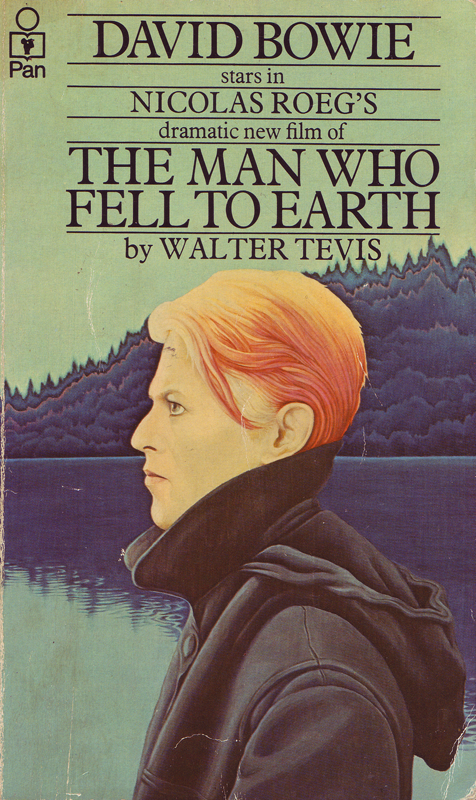 Like so many people, I was enormously saddened by news this week of the death of David Bowie, from cancer at the age of 69.
Like so many people, I was enormously saddened by news this week of the death of David Bowie, from cancer at the age of 69.
There is no need for me to replicate all the sentiments that have been expressed elsewhere about Bowie’s passing, except to say that for me, as for so many of you, his death has left a huge hole in my popular culture landscape and the world is a less interesting place without him.
I did want to do something on this site to commemorate Bowie, however. And what better way to pay tribute to the man who once said his perfect idea of happiness is reading, than through books. So, my first Pulp Friday offering for 2016 is dedicated to the wonderful David Bowie: a selection of paperback tie ins for The Man Who Fell to Earth, directed by Nicolas Roeg, released in 1976.
It was only when I was doing research for an article on the ‘David Bowie Is’ exception that toured Melbourne last year, that I discovered The Man Who Fell to Earth was a book before it was a film. The Man Who Fell to Earth was first published in 1961. It was written by US novelist Walter Tevis whose debut work, The Hustler, featured as a Pulp Friday post here in 2013.… Read more
Posted in Fawcett Gold Medal Books, Pan Books, Pulp fiction, Pulp fiction in the 70s and 80s, Pulp Friday, Pulp paperback cover art, Science fiction and fantasy, Vintage pulp paperback covers
Tagged Candy Clark, David Bowie, Nicolas Roeg, Rip Torn, The Hustler, The Man Who Fell to Earth, Walter Tevis
Pulp Friday: witches, sorcerers & Satan’s disciples
Satan, witches, warlocks, demons, they were everywhere in the sixties and seventies and no more so than on pulp fiction covers. To mark Halloween, today’s Pulp Friday offering is a selection of covers featuring the lord of darkness and his various disciples.
It’s hardly surprising that Satanism and witchcraft featured so prominently in pulp. Not only did these books mirror then contemporary tabloid fascinations with black magic and witches, but the subject was an excuse for a bit of gratuitous sex and nudity. Especially sex. Devil worshippers, particularly Satan’s female disciples, were nothing if not sexually promiscuous, at least in the pages of pulp fiction.
The selection of covers below hail from the UK, US and Australia. They ran the gamut of key pulp fiction sub-genres: fiction (Dennis Wheatley’s To the Devil a Daughter, one of many occult themed books he wrote); history and so-called exposes (James Holledge’s Black Magic, ‘The world of uncanny occult rights, psychic phenomena, weird sex rities’); how to guides (How to Become a Sensuous Witch); television and movie ties ins (The Witchfinder General and The Grip of Evil, the latter part of a series of paperback spin offs based on the hugely popular early 1970s Australian television show, Number 96), and smut titles (Bride of Satan and The Cult of Flesh – ‘Violent debauchery in a Satanic Cult of Flesh Worshipers’),
Even Carter Brown, hardly the most salacious of pulp writers in the sixties, touched on occult themes in books like Blonde on a Broomstick.… Read more
Posted in Australian popular culture, Ben Wheatley, Horror, Horwitz Publications, New English Library, Pan Books, Pulp fiction, Pulp fiction in the 70s and 80s, Pulp Friday, Pulp paperback cover art, Scripts Publications, Tandem Books, Vintage pulp paperback covers
Tagged Calvert Publications, Carter Brown, Dennis Wheatley, James Blish, James Holledge, New English Library, Number 96, Pan Books, Peter Haining, Ronald Bassett, Satanic pulp fiction, Scripts Publications
Pulp Friday: The Brides of Dracula
 Halloween is almost upon us and to mark the occasion I’m going to be featuring a few horror themed offerings as part of my regular Pulp Friday posts.
Halloween is almost upon us and to mark the occasion I’m going to be featuring a few horror themed offerings as part of my regular Pulp Friday posts.
Historically in Australia we don’t celebrate Halloween, and I’ve always been a bit iffy about what I consider to be an American cultural imposition. But Halloween actually originated with the Celts in parts of Europe. Specifically, it dates back to Celtic Festival of Samhain, which took place to mark the end of summer and the beginning of a long cold winter. The Celts believed on that night before the new year the boundary between the world of the living and the dead blurred.
Also, any excuse will do to post some horror themed pulp.
Anyway, a small Pulp Friday offering today, the 1960 paperback tie-in to the film released the same year, The Brides of Dracula. It starred Peter Cushing, David Peel, Martita Hunt and Yvonne Monlaur and was directed by Terence Fisher. The plot of The Brides of Dracula involves vampire hunter Van Helsing returning to Transylvania to destroy handsome bloodsucker Baron Meinster, who is conducted a reign of evil terror over the nearest village. I’ve re-watched it recently and think it is one of the better vampire films produced by Hammer.… Read more


